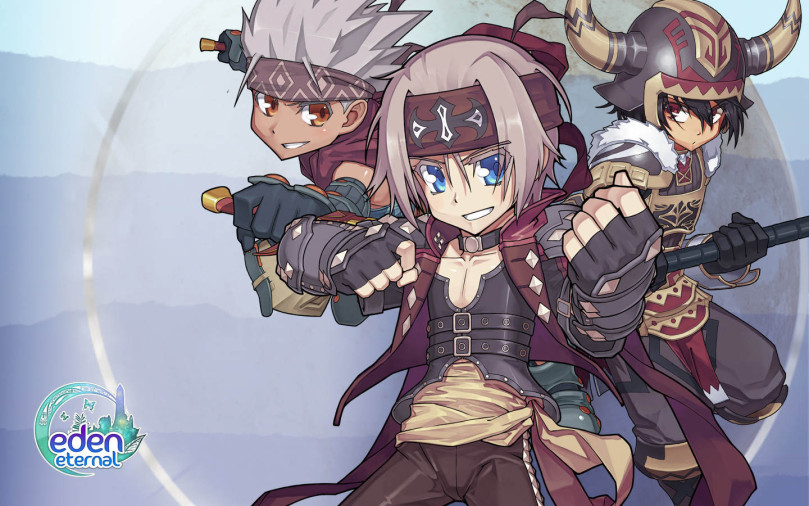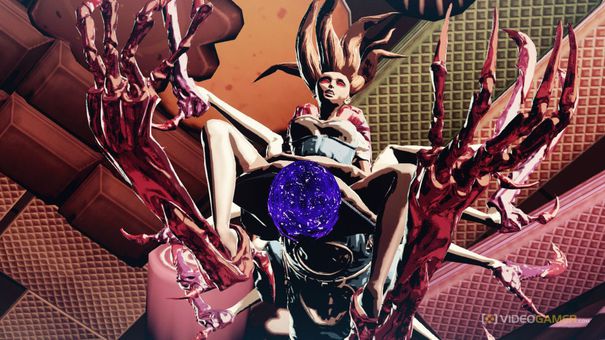Torchlight 2 is comparable to PC juggernaut Diablo in many ways. Like its peer, Torchlight 2 is a mouse-driven dungeon crawler featuring randomized dungeons, tons of enemies, and massive quantities of loot. All of the dungeon crawling action is supported by a great few layers of depth, and this guide is dedicated to helping new players familiarize themselves with the systems that make up the crux of the game. These systems include difficulty levels and modes, classes, pets, loot, combat and more.
When beginning the game, you will be presented with a choice of four difficulty modes. Casual is a total cakewalk, and even many new players will likely find its low bar of challenge unsatisfying. Normal is the boilerplate default difficulty setting, perfect for players looking to get a satisfying experience without sacrificing too much in the way of time or patience. Hard mode presents a solid challenge designed to enthrall experience dungeon crawlers.
Then there's the Hardcore mode. This difficulty changes pretty much the entire game. In this mode, your character will stay dead when he or she dies, taking all of the loot and items you've collected along with him/her. In this way, the Hardcore mode is much like the increasingly popular Rougelike genre.
Once you have chosen your difficulty (for the average player, we recommend Normal) you will be tasked with choosing a character. You will have four choices: The Outlander, the Embermage, the Berserker, and the Engineer. The Outlander is a range-based DPS class, meaning that its specialty is dealing heavy damage from across the battlefield. The Embermage, despite its fiery name, is your standard magical class capable of using elemental attacks like fire and ice. The Berserker is a melee DPS character designed to lay down punishment at a close range. Finally, the Engineer is a melee-based tank character designed to aggro enemies and absorb heavy damage.
Once you've selected your character, you will have the option of selecting a pet. Pets are purely aesthetic in their differences, but they'll stick with you for the whole game, so it's important to choose one that you like. Aside from just looking cool, your pet will help you in many ways during your time with the game. The pet can carry extra inventory items for you, sell that inventory at shops as you roam around in dungeons, retrieve items such as potions and scrolls from the shops when you need them in the field, and can even heal you with spells if you train them properly.
We said earlier that Torchlight 2 is a mouse-based game. What exactly does that mean? Well, in simple terms, you'll be using the mouse for the vast majority of in game controls. Click on a spot in the environment to move there, click an enemy to attack it, click an item to pick it up, click a chest to open it... you get the idea. The controls of the game are for the most part incredibly contextual, meaning that a click in one scenario will often do something completely different than a click in another scenario. For dedicated PC gamers, this is far from new.
The strategy then comes in how you choose to manage your resources and equip your characters. You have two main resources during the game, Health and Mana. If either is below a quarter as you enter battle, you will want to pop a potion to restore them before initiating the enemies. Later on in the game, you can also wait for these resources to regenerate, as long as you have the correct equipment. Don't hesitate to use a potion if you really need it, though, as they are vast in number. This holds especially true if you are fighting off a Champion enemy. You will know these tough guys by the purple hue on their names, which can be found at the top center of the screen. Champion enemies have more defense and higher attack than the average enemy, but proportionately they also give out better loot and more experience points when killed. You should strive to kill every Champion that you encounter, but be careful when doing so, as they can easily whittle your health down without you noticing during the heat of combat, and they are often accompanied by smaller, lesser enemies.
Aside from Potions and loot, Portal Scrolls are probably the most valuable items in Torchlight 2. These items, when used, will open up a portal straight back to town. You can often find such a portal at the end of a story-related dungeon, but in case you need to head back to restock or something, you can always jump through a portal early using one of these scrolls. Once you've stocked up in town, don't worry about regaining your progress in the dungeon you left. The portal will lead you to the exact spot that you stopped in the dungeon. When you begin the game, these items will be pretty expensive. As you gather more gold, though, you'll find it easy to afford a few of these handy items.
That's if you don't blow all your cash on sweet new loot, anyway. Dead monsters, looted chests and smashed urns will also yield loot at times. The loot is randomly generated for the most part, and comes in the form of weapons, body armor, shoulder pads, helmets, boots, cuffs, rings and accessories. Hovering your mouse over a piece of loot will reveal basic stats like damage or defense bonuses. Loot will often have other properties in addition to the basic attack and defense stuff, though. You will often need to weigh the benefits of taking a slightly weaker weapon against the fact that it also deals poison damage or grants you additional chance to deal Critical Hits, for example.
Some loot will be socketed. This is indicated by a small, empty gold ring on the loot description and portrait when you pick it up. You can stick gems into sockets to enhance weapons and armor with additional abilities.
An alternative to socketing gems is Enchanting. Certain towns and even dungeons will have Enchanters who will add a random magical effect to one of your items... for a fee. Enchanters vary in skill, and can only add as many effects as their skill level can support. Up to four effects can be applied to any given item via Enchanting. Enchanters can also remove Enchantments from weapons, again for a fee.
Loot comes in several varieties. Plain white text indicates that loot is common. After the first hour or so of the game, or perhaps even half-hour in some cases, you should simply avoid picking up white loot, as it has little to no value in stores or on your person. Green loot is enchanted, meaning that it's typically better than the white equivalent. Blue equipment is rare and enchanted, meaning that it's typically better than both the previous tiers. Finally, orange items are very rare, and make up the best of the game's arsenal.
Occasionally, you will pick up a piece of red loot. This doesn't correspond to any type of magical enhancement or anything like that. Instead, a red piece of loot merely needs to be identified before it can be used. Items that are red can be identified in one of two ways. You can use an Identify Scroll if you're impatient and want to now what the item is right away. These scrolls can be purchased in any town, and even by your pet when you are in the dungeons or field. If you don't want to waste an Identify Scroll, you can always wait a few levels, at which point the item will be identified automatically. In many cases, the piece of unidentified loot will be slightly beyond your current level anyway, so it doesn't necessarily hurt to just wait it out. On the other hand, Identify Scrolls are fairly plentiful and not all that expensive, either, so it's really up to you in the end.
Those are the basics of Torchlight 2's gameplay and loot systems. Now that you have the knowledge you need pertaining to the game's various classes, modes and items, you can head out on an adventure of your won. Be sure to stay tuned for story-based guides detailing the best strategies for conquering the game's various dungeons.





